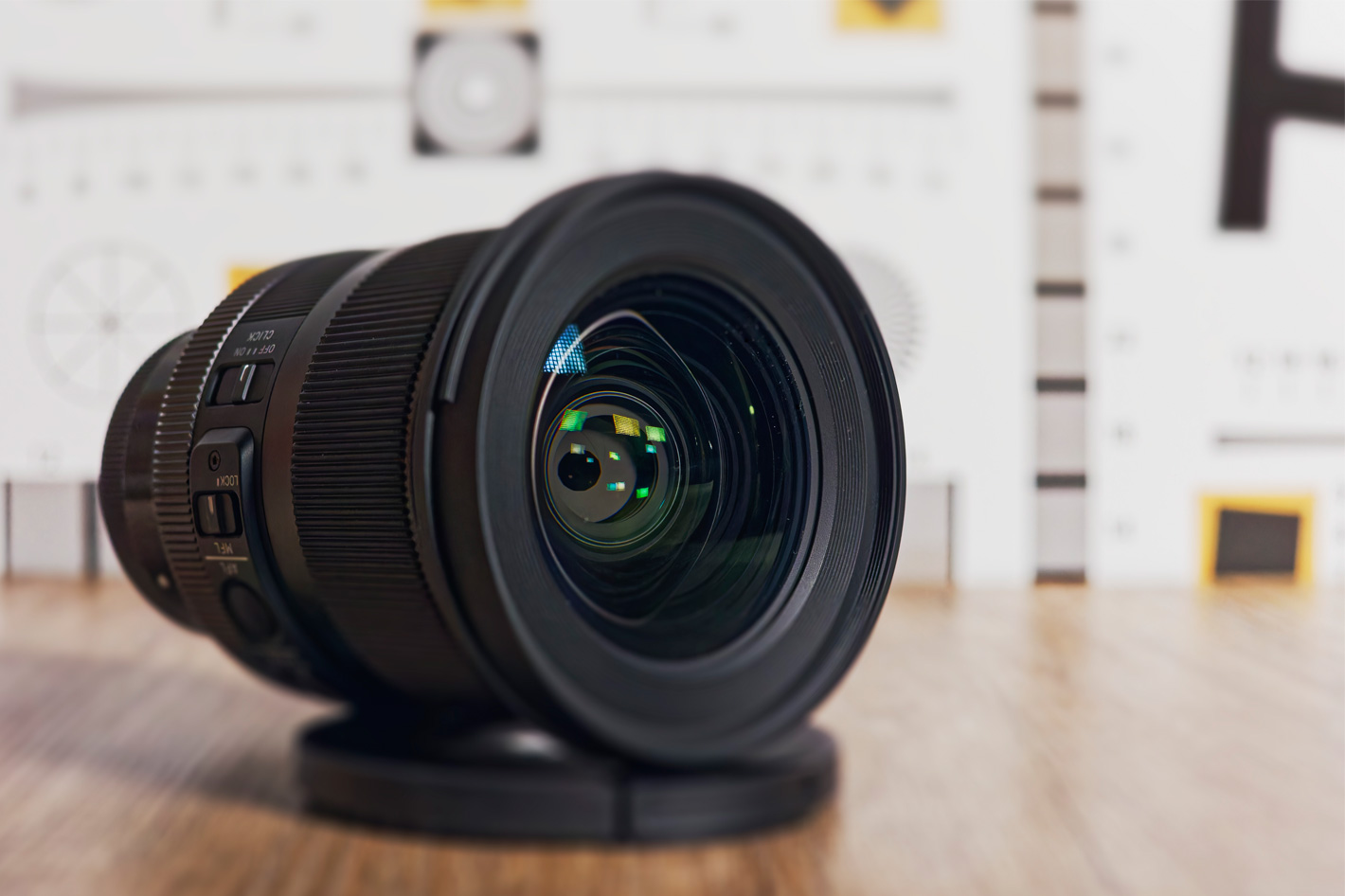
For over 20 years DxO Labs has been the industry leader in calibration-based optical corrections, regularly releasing new additions to its growing collection of Optics Modules . For photographers who rely on the very best image quality, DxO Optics Modules offer a wealth of individually tailored, laboratory-grade corrections, and they’re available across DxO’s full software stable – PhotoLab, PureRAW, FilmPack, ViewPoint, and Nik Perspective Efex.
An essential component of any demanding photographer’s workflow, DxO’s Optics Modules offer unparalleled results in combating lens softness and correcting distortions. And with almost 81,000 lens and camera combinations covered, the quality is open to all. Now the company has released 492 new modules, a series that features support for many new cameras and lenses from Sigma, Leica, and Pentax. The list includes Sigma’s f/1.4 wide-angle primes and several of Leica’s Summicron lenses.
The company claims that “thanks to laboratory-grade measurements, DxO’s adjustments are far superior to other optical correction software, and can vastly improve results, whether applied to entry-level lenses or professional-grade models. Essentially, Optics Modules are the key to unlocking the true quality of your camera and lens.” Here is some more information about DxO’s Optics Modules that you may want to read:
A scientific approach to lens softness
No optics are perfect, and to combat lens softness, all correction software applies digital sharpening to an image. But DxO’s method is uniquely superior.
Uncorrected lenses can display a significant difference in sharpness between the center of the frame and the corners. Typically, photo editing software uses a generic profile to make a global correction across the entire image, but this is solely based on the sharpening required at the center. So, with different levels of lens softness, it doesn’t make sense.
Rather than applying this untargeted sharpening, the corrections from DxO Optics Modules are made by assessing the varying levels of sharpness across a lens’s entire field of view. Therefore sharpening can be applied in the exact amount required, progressively increasing corrections away from the frame’s center, and allowing for a sharper overall image.
In DxO’s purpose-built labs, each lens is tested to reveal any curvature across the image it projects — most commonly barrel distortion in wide-angle lenses and pincushion distortion in telephoto models. Thanks to these exacting, individual measurements, DxO’s Optics Modules frequently deliver a greater image as they correct a photo.
This means that, when needed, DxO Optics Modules give photographers the option to gain extra image area when compared with the crop applied as the result of software such as Lightroom and its less accurate corrections.
Intelligent control of chromatic aberration
Similarly, the chromatic aberrations produced by a lens – both longitudinal and lateral in kind – can vary depending on the focal length and distance, but DxO’s algorithms take these variations into account so that the most accurate corrections can be performed. Colored outlines and unsightly fringing are removed without degrading a photo’s color or detail.
Vignetting accurately removed
Finally, vignetting is resolved, correcting the darker edges of the frame that can occur in certain lenses and at specific focal lengths.
Exacting science delivers higher quality
Each DxO Optics Module is created using individual camera and lens combinations. This means that any minor differences in the performance of a specific lens and sensor pairing can be measured.
For instance, with the Optics Modules created for the Leica Super Vario Elmar SL 16-35mm F3.5-4.5 ASPH, measurements were made using a variety of L mount cameras to reveal and correct problems and ensure the highest image quality.
Latest DxO Optics Modules
The latest DxO Optics Modules update — available now — includes the following cameras and lenses, each optimized for specific camera and lens combinations:
- Sigma 20mm F1.4 DG DN (FE mount)
- Sigma 24mm F1.4 DG DN (FE mount)
- Sigma 24mm F1.4 DG DN (L mount)
- Leica APO Summicron SL 28mm F2 ASPH
- Leica APO Summicron SL 50mm F2 ASPH
- Leica APO Summicron SL 90mm F2 ASPH
- Leica Super Vario Elmar SL 16-35mm F3.5-4.5 ASPH
- Pentax HD D FA Macro 100mm F2.8 ED AW
- Pentax KF
- Sigma fp
DxO has blazed a pioneering trail in the fields of photographic science and digital image processing for two decades now. At the forefront of bringing RAW development to photographers the company has its name behind some of the most popular photo editing solutions available today, from DxO PhotoLab and DxO PureRAW to Nik Collection, the renowned suite of creative plug-ins for Adobe Photoshop, Lightroom Classic, Affinity Photo and DxO PhotoLab, which the company acquired from Google and has nurtured and developed in recent years. In addition, DxO also publishes DxO ViewPoint which allows photographers to achieve geometric perfection in their images, and DxO FilmPack which provides authentic renderings of classic film stocks.
